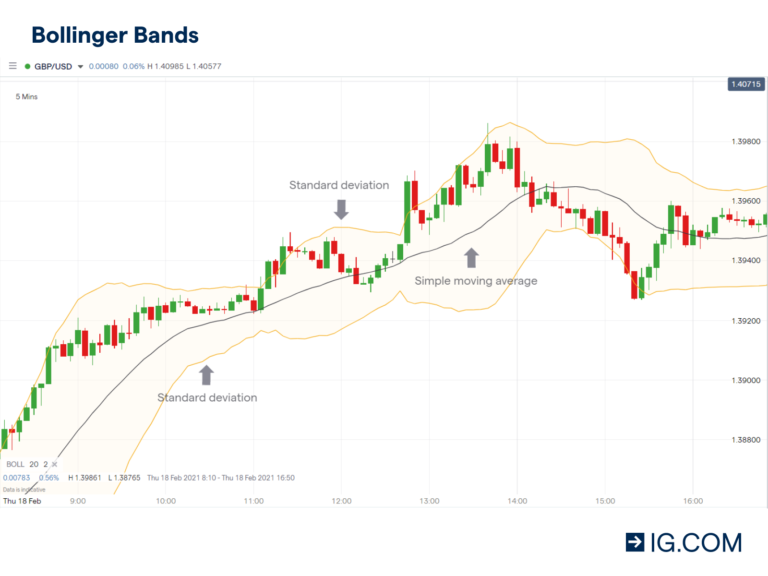Various types of strategies that are based on techniques designed for gambling are often suggested as something that can work in the Forex industry. However, there are many arguments against using strategies like Martingale and Fibonacci when trading financial instruments. We will discuss several reasons why you should never try using such risky approaches to trading financial instruments.
What is a Martingale strategy?
Initially designed for games with 50/50 odds like Roulette where you can bet on black or red, this strategy made its way to the online trading world because the price can move only in three directions with one being, in theory, a neutral outcome:
- The price can go in the Bullish direction;
- The price can go in the Bearish direction;
- It can move sideways without really leaving a certain range.
However, just like in the case of roulette, there are several caveats that have to be mentioned. First and foremost, Martingale does not work in any roulette game not only because the long-term mathematical outcome is against you due to the nature of chance and exponential increases of numbers, but also because Roulette has Zero meaning that odds are not exactly 50/50.
Martingale is based on the idea that a long sequence of the same outcome in games with two possible outcomes is highly unlikely. It seems that chances are in your favor with each flip of the coin. The idea is quite simple:
- You bet $1 on red;
- If you win, you pocket the bet, if you lose, you bet $1 + $1, to recoup;
- If you lose again, you bet $2 + $1, and so on.
The idea is that you will always have that one initial dollar. However, the math is against you because exponential increase is just too much just after a couple of bets. For example, after losing 6 times in a row, you will have to bet $64 ($124 in total) to recoup the initial buck. After 10 straight losses, you will be betting $1024 ($2044 in total).
If your initial bet was $10, by the 6th roll, you will have to dish out $640 and over 10 grand on the 10th. In the long run, this strategy is simply unsustainable due to the size of the capital you need to keep up with unfavorable odds. Yes, the probability of the same outcome reaching 10 is 1 in 1024, but it is not 0.
Fibonacci sequences in Forex trading
Using Fibonacci as the foundational pattern for trading is also an unsubstantiated technique that can be detrimental to your portfolio. While the idea of the golden ratio being one of the most frequent patters occurring naturally sounds appealing to those looking for stability in financial markets, we have to remember that using mathematical sequences to predict human behavior is not possible.
Fibonacci became so popular among FX traders that many terminals started including the graphical overlay showing potential price retracements based on Fibonacci sequences. This instrument can be useful when you are trying to detect support and resistance levels, but it is rarely applicable to any live market data. It works on the historical data, but not with live information.
The Fibonacci strategy follows the same principle as Martingale but uses support and resistance levels as entry points for market. While Martingale is often used to work with futures and options, Fibonacci theoretically works for any asset.
Again, this strategy does not have any substance or proven effectiveness when applied to live data. Moreover, this particular technique is also vulnerable to shortage of capital and can be devastating to a small portfolio.
Conclusion
It is never a good idea to use gambling strategies when trading financial assets. You should use strategies designed for FX markets. There are many interesting analytical systems that allow traders to make informed decisions based on available market data and forex and crypto news stories that cover economic events capable of affecting prices.

